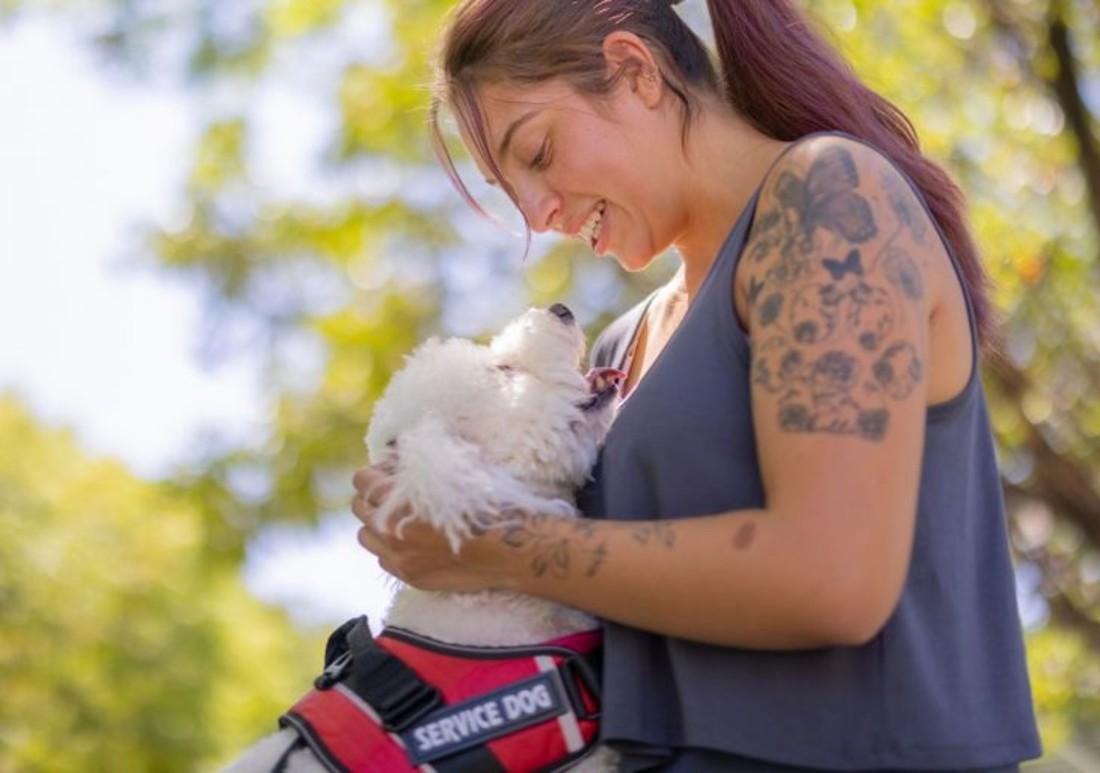How To Make Your Dog a Service Dog: A Step-by-Step Guide

If you have a well-behaved and trainable dog, you may be considering making them a service dog to assist individuals with disabilities. In this comprehensive guide, we will walk you through the step-by-step process of transforming your beloved pup into a well-trained service dog.
From understanding the legal requirements and evaluating your dog’s suitability to identifying tasks, training methods, and public access training, we will provide valuable insights to help you navigate this rewarding journey. With proper knowledge, dedication, and the right training approach, you can create a strong bond with your dog and make a positive impact on the lives of those in need.
Understanding the Legal Requirements
Before embarking on the process of making your dog a service dog, it is crucial to understand the legal requirements in your country or region. Research and familiarize yourself with the laws regarding service dogs, including definitions, rights, and access privileges. Many countries, including the United States, have laws in place to protect service dogs, such as the Americans with Disabilities Act (ADA). Learn about the specific criteria your pet must meet to qualify as a service dog and the rights and responsibilities that come with it.
Assessing Your Dog’s Suitability
Not every dog is suitable for service work. Assessing your pup’s temperament, trainability, and health is essential in determining if they have the potential to become a service dog. Consider factors such as their sociability, obedience, ability to focus, and willingness to learn and work. Consulting with a professional trainer or a qualified service dog organization is ideal, as they can evaluate your pet’s suitability for service work. They can provide guidance based on their expertise and experience in assessing service dog candidates.
Identifying the Tasks and Training
Service dogs undergo training to perform specific tasks that assist individuals with disabilities. Identify the tasks that you’d like to train your pet to perform based on the needs of the individual they will be assisting. These tasks can include retrieving objects, opening doors, providing stability, or alerting to specific medical conditions. Develop a training plan that focuses on teaching your dog these tasks using positive reinforcement techniques. Consistency, patience, and regular practice are key elements in successful training.
Public Access Training
Service dogs must be well-behaved and comfortable in various public settings. Public access training involves exposing your dog to different environments, distractions, and social situations. Teach your pet to remain calm, focused, and obedient in crowded places, around other animals, and in various scenarios they may encounter while working as a service dog. Work on essential skills, such as walking calmly on a leash, responding to commands, and maintaining proper public etiquette.
Obtaining Proper Documentation and Identification
While there is no universal certification or registration for service dogs, it is advisable to obtain proper documentation and identification for your pup. This can include a letter from a healthcare professional stating the need for a service dog, as well as identification tags or a vest with a service dog patch that indicates your pet’s status as a service dog. These can help establish your dog’s legitimacy and provide ease of access in public places. Be aware of any additional requirements or registration processes specific to your region.
Continuing Training and Maintenance
Service dog training is an ongoing process. Even after your dog has completed training and certification, it is important to continue its education and maintenance training. Regular practice sessions and reinforcement of skills will help keep your pet sharp and responsive. Stay up to date with any changes in laws or regulations that may impact service dog requirements. Additionally, prioritize your pup’s physical and mental well-being through proper exercise, nutrition, and regular veterinary care.
Final Note!
Turning your dog into a service dog requires dedication, time, and effort. By understanding the legal requirements, assessing your pup’s suitability, identifying tasks, providing thorough training, obtaining proper documentation, and continuing their education, you can make your dog a valuable service companion. Remember, working with a professional trainer or an experienced service dog organization can provide invaluable guidance and support throughout the process. With patience, commitment, and a genuine desire to make a positive impact, you can successfully navigate the journey of making your dog a service dog.
Your Pet’s Best Interest, Always
At Pet Institute, we take pet care seriously. We're dedicated to transparency, impartiality, and the well-being of your pets in every article, review, and recommendation we provide. Our unwavering commitment to these principles ensures that you, our valued reader, always receive reliable and unbiased information. Let us be your trusted guide in the world of pet care and companionship.